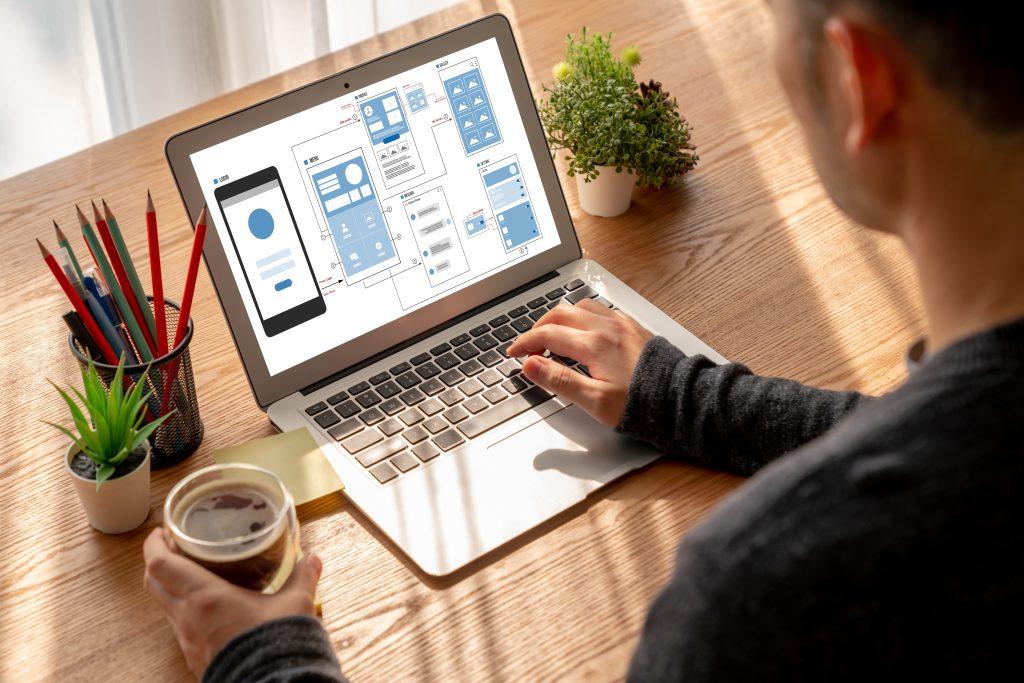Key Technologies Powering the Quick Commerce Boom

The future of how we design and build our world is being actively rewritten, and the Architecture Design Software Market prediction points towards a future where the creative process becomes a true partnership between the human designer and intelligent, automated systems. The long-term forecast is for a paradigm shift away from software as a passive documentation tool and towards it becoming an active collaborator in the design process. This future will be defined by the deep integration of artificial intelligence, the convergence of the digital and physical worlds through immersive technologies, and a seamless connection between the virtual design model and the physical construction process, leading to a more efficient, sustainable, and innovative built environment.
A central element of this future is the rise of generative design and artificial intelligence (AI). The prediction is that architects will increasingly define a set of goals, constraints, and parameters for a project—such as spatial requirements, structural loads, material costs, and energy performance targets—and an AI-powered algorithm will then autonomously generate and evaluate thousands or even millions of potential design solutions. This will not replace the architect but will augment their creativity, allowing them to explore a far wider range of design possibilities and identify highly optimized and often non-intuitive solutions that a human designer might never have conceived. This will make high-performance, data-driven design accessible to a much broader range of projects.
Looking ahead, the future will also be characterized by the deep convergence of Building Information Modeling (BIM) with other transformative technologies. The prediction is for the widespread use of Virtual and Augmented Reality (VR/AR) to allow architects, clients, and construction teams to "walk through" and interact with a full-scale virtual model of the building before a single brick is laid, enabling more intuitive design reviews and stakeholder feedback. Furthermore, the concept of the "Digital Twin" will become standard practice, where the BIM model remains connected to the physical building after construction, fed by real-time data from IoT sensors. This live, virtual replica will be used for optimizing building operations, managing maintenance, and simulating future renovations throughout the building's entire lifecycle.
- Monuments historiques
- Restaurant Traditionnel
- Educación
- Mode
- Formation
- Information
- Restaurant
- culture
- تسويق
- Tourisme
- سياحة
- تنمية
- Découverte
- Art
- Causes
- Crafts
- Dance
- Drinks
- Film
- Fitness
- Food
- Juegos
- Gardening
- Health
- Home
- Literature
- Music
- Networking
- Other
- Party
- Religion
- Shopping
- Sports
- Theater
- Wellness


